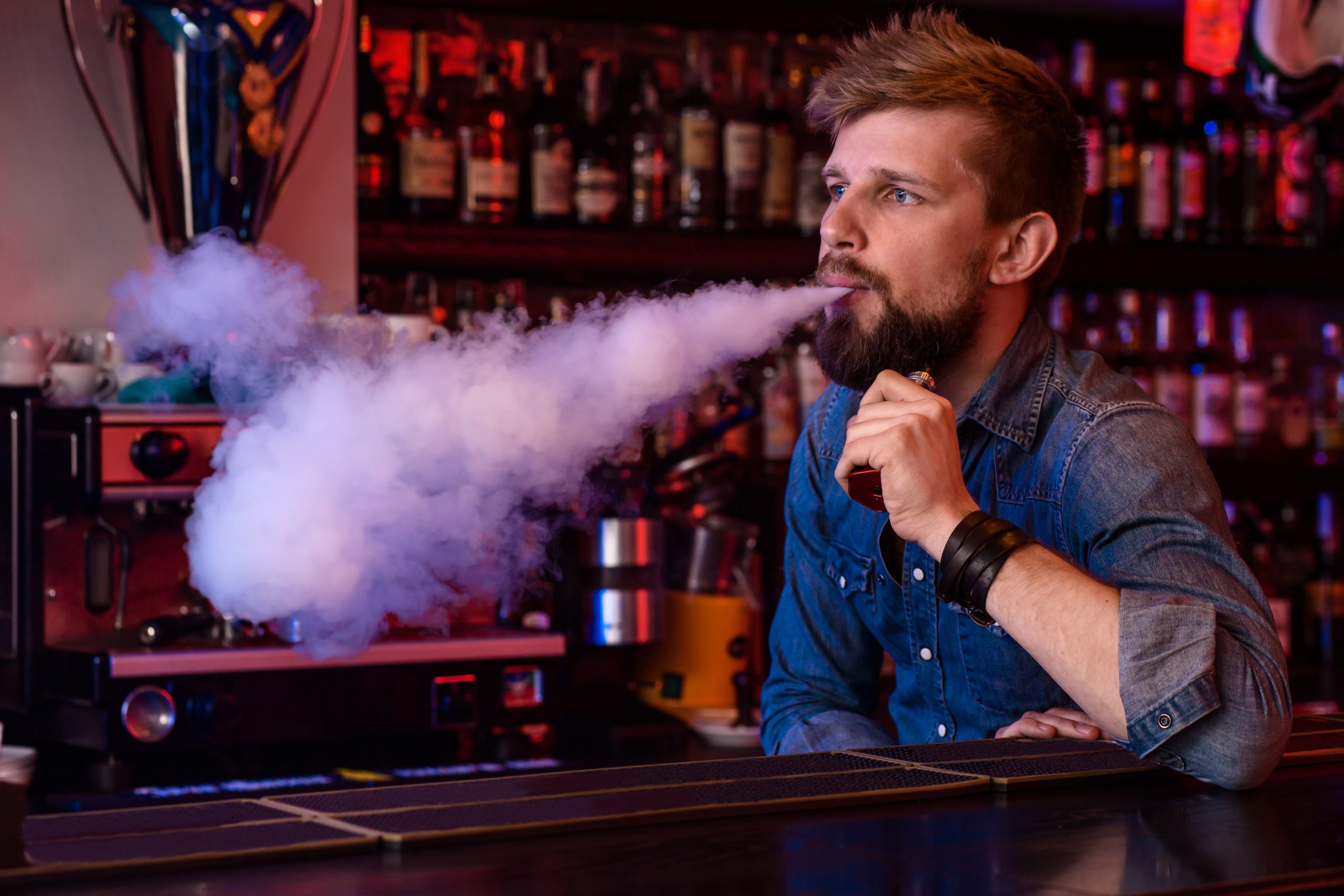Colorado’s Cannabic Crisis Gets More Edgy
When Colorado became the world’s first state to legalise recreational cannabis back in 2014, it seems that a different kind of boom followed the ban‑lift. A recent study in the Annals of Internal Medicine turns up a chilling fact: the number of emergency‑room visits tied to cannabis at a single Colorado hospital.
From 250 to 750 – A Tripling Trend
Researchers scanned half‑a‑million ER glimpses at the University of Colorado in Aurora from 2012 to 2016. Of those, just over 2,500 reached back to the green‑leaf world.
- 2012 – fewer than 250 visits
- 2016 – more than 750 visits
So, the ER was hit by a three‑fold jump over just four years. Not entirely shocking, says Andrew Monte, the study’s lead author and an emergency‑medicine professor. “Every time you roll out a new drug, ERs fill up.
Inhaled vs. Ingested – The Big Divide
Most of the visits came from vaping or smoking (~90%), but the other 10% were related to edibles—cookies, gummies, you name it.
Despite edibles making up a mere 0.3% of all THC sold in the state, they accounted for a surprisingly hefty 10% of cannabis‑related ER visits.
Why Edibles Gland Ourselves in the ER
Monte points to a lack of user understanding. Unlike inhalation, where the high kicks in under 10 minutes and typically clears in four hours, edibles take a long road:
- Peak effects at 3 hours
- THC lingering for up to 12 hours
This delay trickles into over‑distribution. First‑time munchers often swallow too much, too fast, leading to a treatment‑seeking binge. The psychosis, anxiety, and unpredictable high costs a tidy trip to the ER.
What We Can Take Away
Colorado’s green history now shows a cautionary snapshot: legalisation can lead to more ER visits, especially when edible consumption is not understood. Fear not, but remember: a quick inhale is typically lighter, while the slow burn of an edible can paint a different, and more dangerous, picture.




